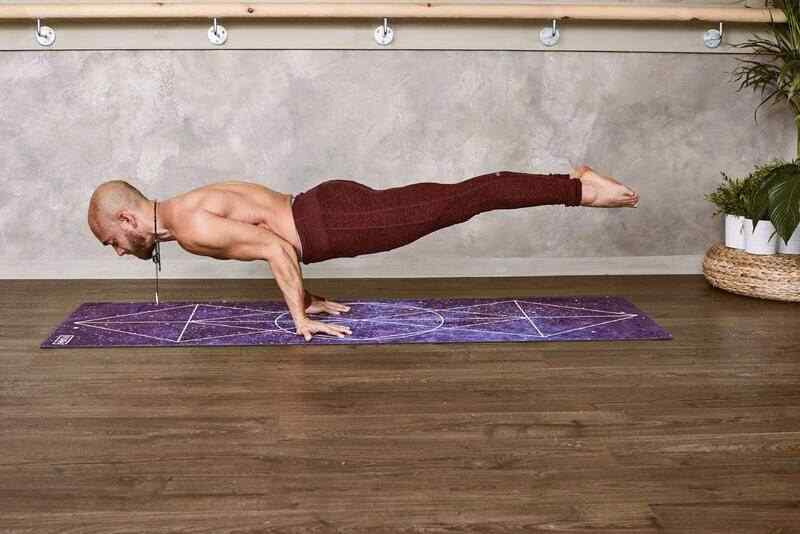Photo by form PxHere
Do you ever feel like your body isn’t quite balanced, right? Whether you’re constantly tripping over your own two feet or just can’t seem to get the form down for certain exercises, poor body balance can throw you off.
The good news is that it’s fixable with a few simple workouts. In just 10 or 15 minutes a day, 3 days a week, you can strengthen your core, improve your posture, and get your body back to equilibrium. These balance-correcting moves use body weight alone, so no fancy gym equipment is required. Ready to stop feeling off-kilter and start moving with confidence again? Here are three simple workouts that will get your body balanced in no time.
Understanding Body Imbalances and How They Develop
Our bodies are designed to move with balance and coordination, but over time imbalances develop from repetitive movements, injury, or a lack of strength in certain areas. These imbalances then become our default positioning, causing pain, impaired mobility, and difficulty performing certain activities.
The good news is that it only takes a few basic exercises to start correcting these imbalances and restore proper balance and alignment. For example, if you find yourself constantly leaning to one side or collapsing in one hip when throwing a ball or lifting heavy objects, it likely means the muscles on one side of your core are weaker or tighter than the other.

Image Reference: A and A Photography via Flickr
To fix this:
• Do planks: Holding yourself in a plank position works your entire core. Start by holding for 30–60 seconds and building up.
• Do side planks: support yourself on one elbow and the side of one foot, lift your hips off the floor, and hold. Repeat on the other side. This works the muscles on one side of your core at a time.
• Do bridges: Lying on your back with knees bent and arms at your sides, lift your hips while squeezing your glutes and core. Hold briefly, then lower back down. Repeat for 2-3 sets of 10-15 reps.
By focusing on these few simple exercises a couple of times a week, you can build strength and flexibility where you need them most. Be patient and consistent, as it can take 4-6 weeks of regular practice to correct long-held imbalances. But sticking with it will get your body back to balanced, pain-free movement in no time.

Photo by Mejaguar via PickPik
Correcting Imbalances with Targeted Stability Exercises
Have you ever noticed how some people just seem naturally balanced and coordinated, while others (maybe you) struggle with balance and posture? The good news is that you can correct imbalances and improve your stability with targeted exercises.
Core Stabilization
Your core muscles support your spine and midsection, so strengthening them is key. Planks, bridges, and boat poses are great for this. Start by holding each for 30–60 seconds and building up. These exercises will strengthen your deep core muscles.
Single-Leg Balances
Standing on one leg challenges your body’s stability in a major way. Try standing on one leg with the other foot slightly off the floor, holding a wall or chair for support if needed. Aim for 30–60 seconds on each side. These help strengthen stabilizing muscles in your hips, glutes, and ankles.
Resistance band exercises
Resistance bands add an extra challenge for balance and stability. Try seated band walks (slide feet out to sides and back in), band kickbacks (extend one leg behind you using the band), or band walks (step sideways with the band around your ankles). Start with 2 sets of 10–15 reps each. These exercises strengthen your glutes and hip muscles, which are key for balance and stability.
With practice of these targeted exercises a few times a week, you’ll be well on your way to improved balance, stability, and posture. Staying active and maintaining a healthy weight will also help keep your body balanced and supported. Now get to work; your core and stabilizing muscles will thank you!




